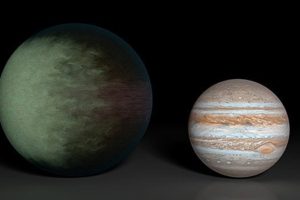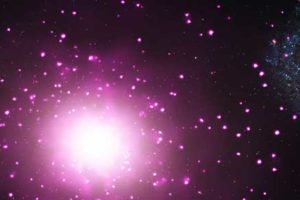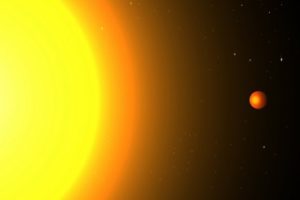astrophysical journal
Swift survey finds ‘missing’ active galaxies
Seen in X-rays, the entire sky is aglow. Even far away from bright sources, X-rays originating from beyond our galaxy provide a steady glow in every direction. Astronomers have long suspected that the chief contributors to this cosmic X-ray ba…
New insights into sun’s photosphere reported by NJIT researcher at Big Bear
NJIT Distinguished Professor Philip R. Goode and the research team at Big Bear Solar Observatory (BBSO) have reported new insights into the small-scale dynamics of the Sun’s photosphere. The observations were made during a period of historic in…
Identity parade clears cosmic collisions of the suspicion of promoting black hole growth
10-Dec 2010 What happens when galaxies crash together? For years, these cosmic collisions have been blamed for triggering violent outbursts at the hearts of galaxies. Now, a remarkable piece of detective work has given a verdict: galactic mergers do…
When the black hole was born
Most galaxies in the universe, including our own Milky Way, harbor super-massive black holes varying in mass from about one million to about 10 billion times the size of our sun. To find them, astronomers look for the enormous amount of radiation em…
The universe’s most massive stars can form in near isolation, new study finds
ANN ARBOR, Mich.—New observations by University of Michigan astronomers add weight to the theory that the most massive stars in the universe could form essentially anywhere, including in near isolation; they don’t need a large stellar cluster…
Massive galaxies formed when universe was young
MEDFORD/SOMERVILLE, Mass. — Some of the universe’s most massive galaxies may have formed billions of years earlier than current scientific models predict, according to surprising new research led by Tufts University. The findings appear in the Astr…





